Scientific name: Lasiorhinus latifrons
Conservation status: Least Concern
The Southern hairy-nosed wombats are scientifically known as Lasiorhinus latifrons. This critter one of three species of wombats:
- The Southern hairy-nosed wombat
- The bare-nosed wombat
- The Northern hairy-nosed wombat
What makes each type of wombat different?
- The Southern wombat has softer, shinier fur compared to the Bare-nosed (common) wombat.
- If you take a look at the Southern hairy-nosed wombat’s snout, it is much smaller compared to the Northern wombat’s snout. However, as their names suggest, they both have equally hairy snout, but found in separate isolated areas within Australia.
- Southern wombats have longer ears and a wider snout than the common wombat.
- The Northern hairy-nosed wombat and the Bare-nosed wombat are bigger than the Southern wombat. A Southern wombat can grow between 100 – 120 cm.
Historically, the southern hairy-nosed wombats use to be hunted for their meat, but it wasn’t frequent due to the difficulty to capture them. Their population size is categorised as a Least Concern compared to the Northern hairy-nosed wombat.
The Southern hairy-nosed wombat offspring
The Southern Hairy-nosed wombat commonly has one offspring, also known as a joey, every two years. When a joey is born, it’s completely hairless and weighs up to two grams.
Like kangaroos, wombats are marsupials. When a wombat joey is born, it will travel from the birth canal to the mother’s pouch. Then, it will stay in its mother’s pouch for up to 9 months, holding onto its mother’s teat, which prevents the baby from falling out of the pouch. When a joey leaves the pouch, it will eat solid food and will stay by its mother’s side until sexual maturity at the age of 3.
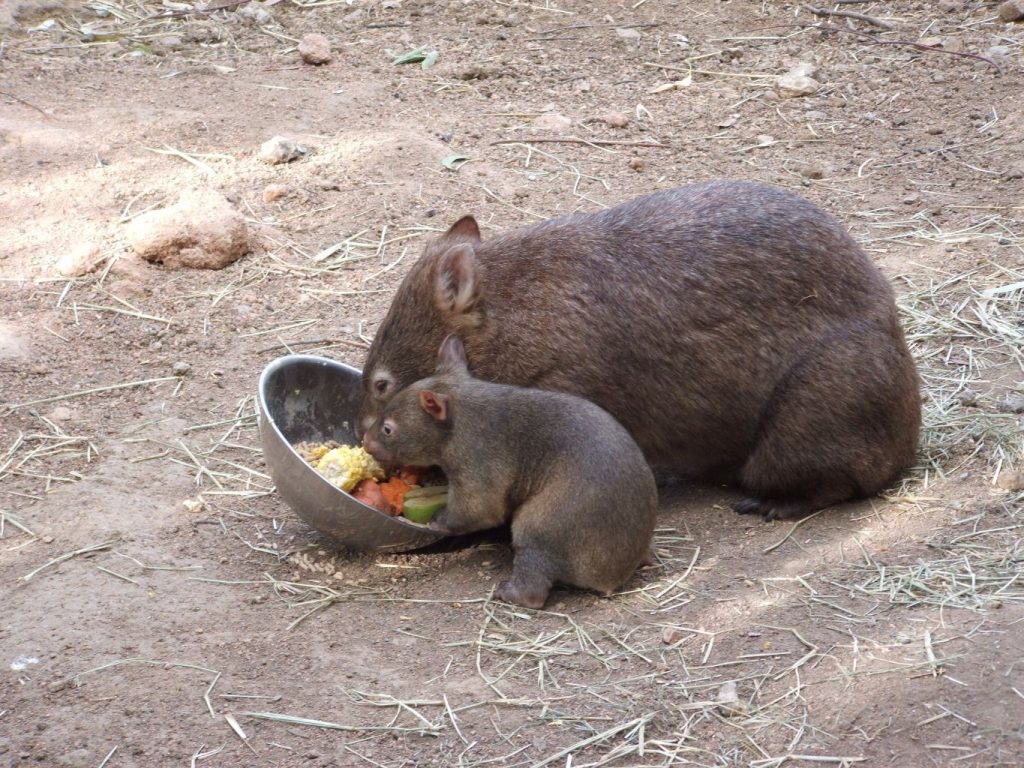
When a wombat reaches adulthood, both males and females can weigh up to 32 kg. As adults, all three wombats have to rely on their amazing sense of smell in order to avoid crossing other wombats territories, which is often marked with their faeces and urine.
When do wombats mate?
Southern hairy-nosed wombats mate between spring and summer in Australia (September until December).
How long do Southern hairy-nosed wombats live?
On average, the southern hairy-nosed wombat can live up to 12 years in the wild. Their lifespan is shortened due to loss of habitat, getting hit by vehicles and disease (sarcoptic mange). However, when this wombat lives in captivity, it can live up to 20 years, and is protected from the exterior threats.
What is sarcoptic mange?
The sarcoptic mange is a mite that causes a severe skin disease, which affects both bare-nosed and southern hairy-nosed wombats. So far, there’s no sign the Northern hairy-nosed wombat can get affected by this mite.
Is sarcoptic mange dangerous for wombats?
This disease is considered fatal. It begins by causing the host to scratch incessantly, therefore leading to irritation, hair loss, and skin disfigurement. Over a short period of time, the host’s senses and internal organs also become affected. If not given early treatment the disease eventually results to a slow and painful death.
Although, this type of mite also often affects other animals such as feral dogs, foxes, deer and any animal with fur that walks next to tall grass, which is where these mites can be found.
The southern hairy-nosed wombat diet
The Southern hairy-nosed wombat needs to have a low metabolism in order to conserve energy. Its digestive system is more efficient than other herbivore animals. The southern hairy-nosed wombat has a wider variety compared to the Bare-nosed wombat. The Southern wombat enjoys eating:
- Soft grass
- Shrubs
- Bark
- Bush roots
- Mosses
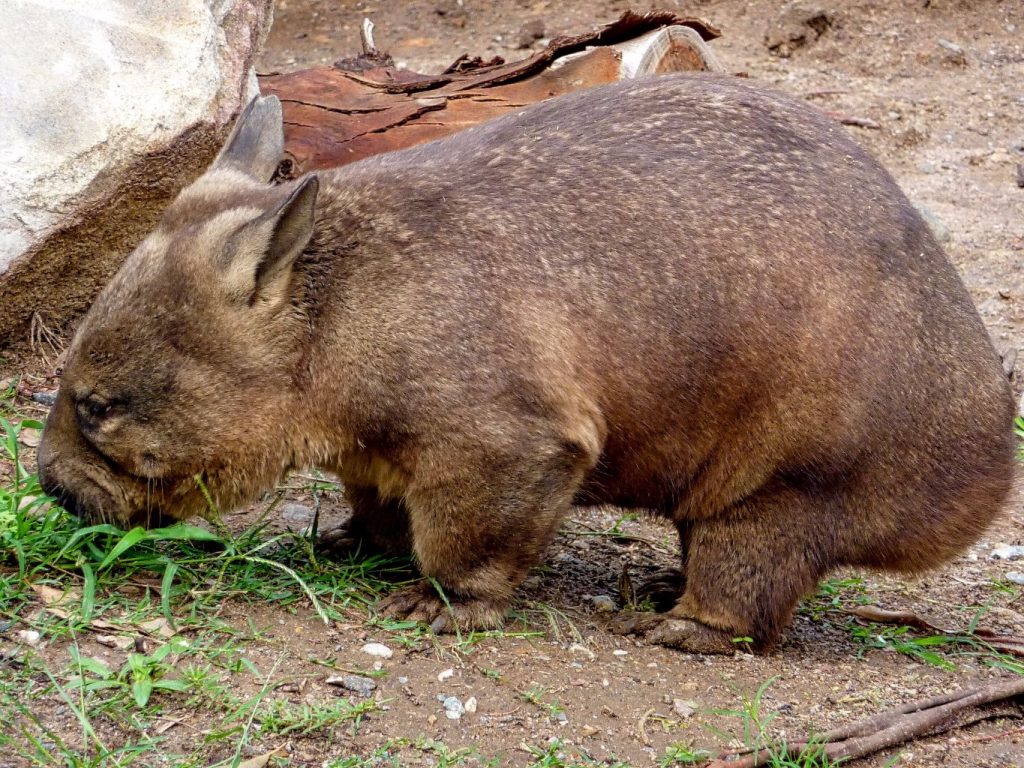
Guess what: Wombats Poop Cubes!
Surprisingly, all three species of wombats are one of few animals in the world that use their faeces for territory and it’s in the shape of a cube. Having the shape of a cube prevents the faeces from rolling away from the marked area.
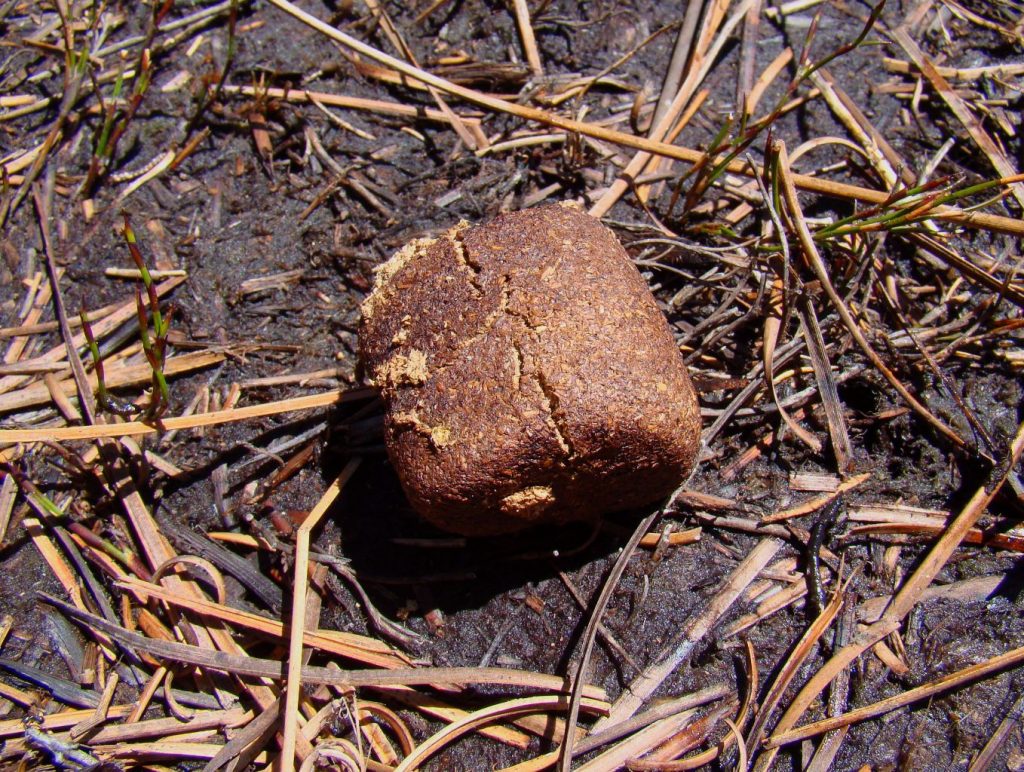
What’s the best time to find these wombats?
This critter has a similar daily time frame as the Common and Northern wombats. You can find the Southern hairy-nosed wombat at night time, they are nocturnal. They often spend their day in their underground tunnel homes.
Where do these wombats live?
The Southern hairy-nosed wombat can be found in the South Coastal Regions of Australia. However, Southern hairy-nosed wombats can be found in many sanctuaries and zoos across Australia.
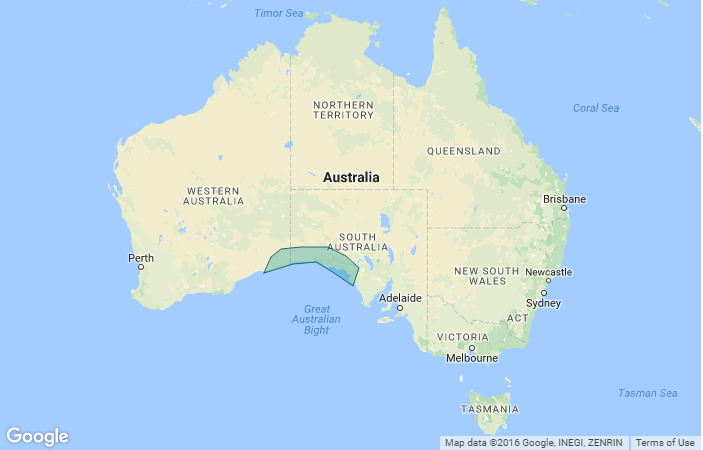
Ideally, all three species of wombats should have enough space to walk and run. Wombats can run as fun as 40 km per hour!


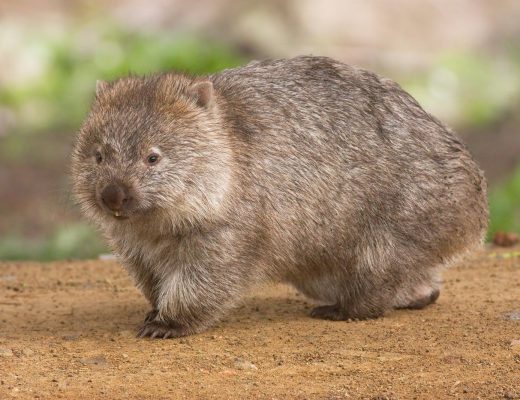
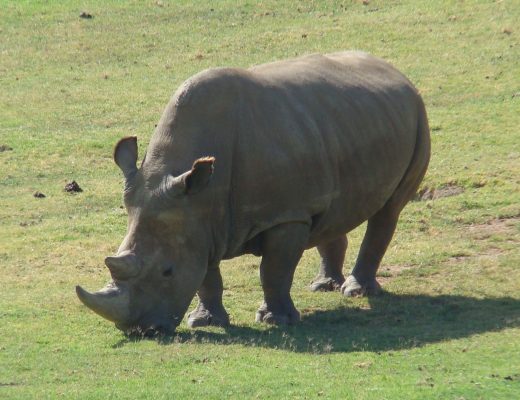

No Comments